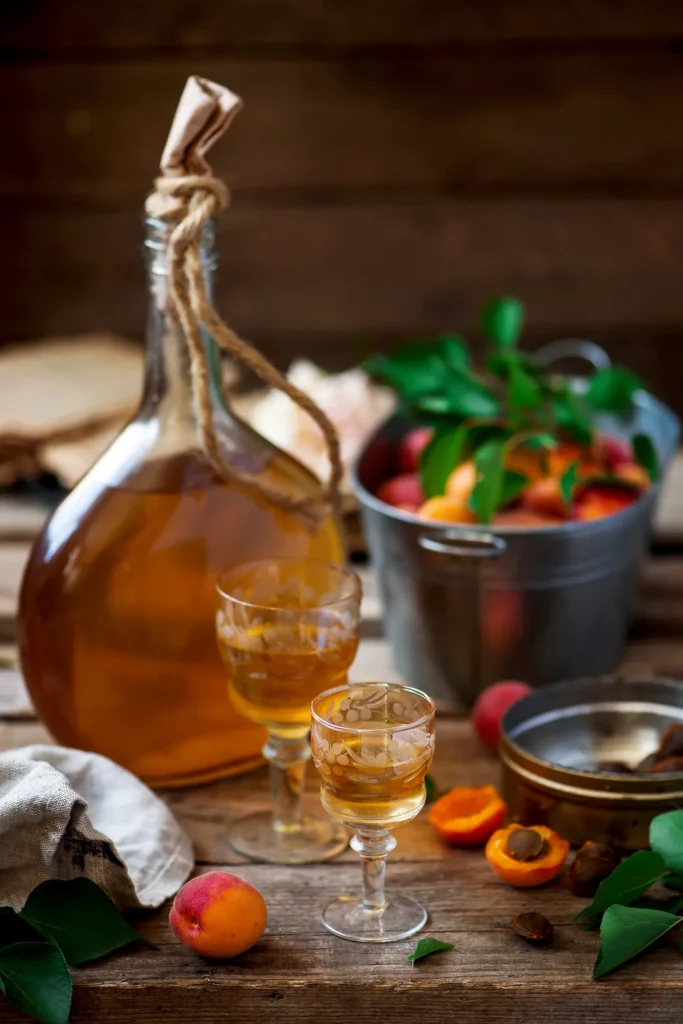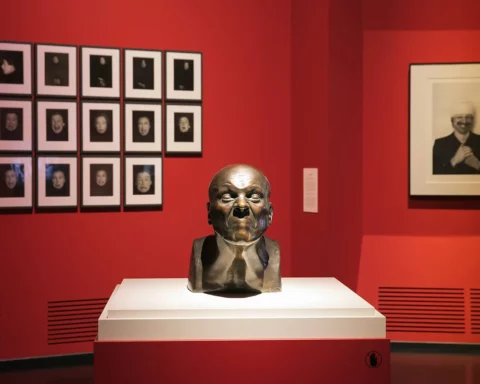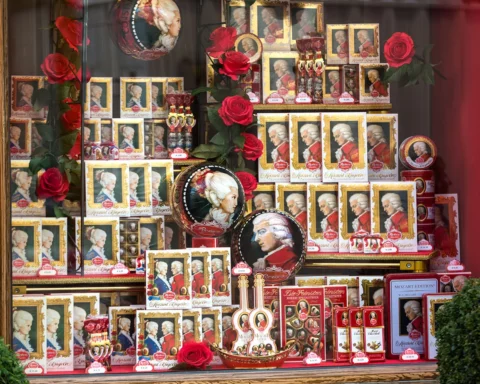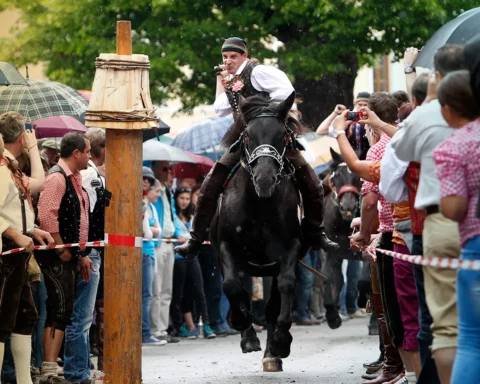When it comes to the cultural map of Europe, there is (well, at least, in theory) a division between the area where wine, beer, and vodka rule. However, whichever way you look at it, Austria falls dead center on that map, thanks to its uber-central location. It’s in the middle of the middle.
And while most connoisseurs tend to focus on Austrian wine (try a Moravian Grüner Veltliner, for instance), many assume this German-speaking country would fall more on the beer side (partly supported by the rich Austrian restaurant-going tradition). Even still, we can’t forget about the booze—namely, schnapps, a Central European variety of distilled spirits.
The English language uses the word schnapps as a general for these fruit brandies, herbal infusions, or flavored liqueurs, but in German, it refers to strong spirits in general. There is no coincidence that it sounds like the word “snap,” as the ancient name literally advises drinkers to take their schnapps as a shot.
A shot of Schnapps

However, these days, you sip instead as schnapps comes in all sizes and flavors, sweet or savory, fruity or herbal. These spirits are usually comprised of aromatic grain spirits – think vodka with syrup, either artificial or natural, or herbs and spices. But schnapps may also be a fruit brandy distilled from various kinds of fruits.
It’s not far from the truth that schnapps culture is a melting pot of various distilling styles. While some kinds are unique to the region, other methods and products can resemble the potent northern Slivovitz (plum liqueur), Hungarian pálinka, and Balkan rakija. The name may also apply to liqueurs from the south of Europe (think Italian Amaro). Snaps, pronounced almost the same as schnapps, is even a household word for a digestive shot in Scandinavia.
Schnapps is one of those things unifying German-speaking Germany and Austria, but each has its own distinctive flavors. If there is “The One” variety of Austrian schnapps, it’s Marillenschnapps, a fruit brandy made from apricots. You can even hear it in the name – most Germans (aside from Bavarians) call it Aprikosen.
50 distilleries in one village
This is not to say that Austrians only enjoy Marillenschnapps. On the contrary – as most of the quality lies in the fruit, Austrian producers take advantage of all nature’s bounty in this area, including apples, berries, pears, plums, and cherries. It’s really the ideal situation for professional and home distillers alike since different fruits mature in their own time of the year, meaning the schnapps-making can go on for months.
And Austrians can take the most out of this enterprise. There are literally thousands of distilleries across the country – both privately and publicly owned. One reporter claims to have visited an Alps village with 654 people and 54 distilleries using the local fruit produce.
One distillery per ten villagers? It doesn’t even sound that strange, as the demand for schnapps is huge and growing – thanks to its unique flavor and the culture of consumption.







